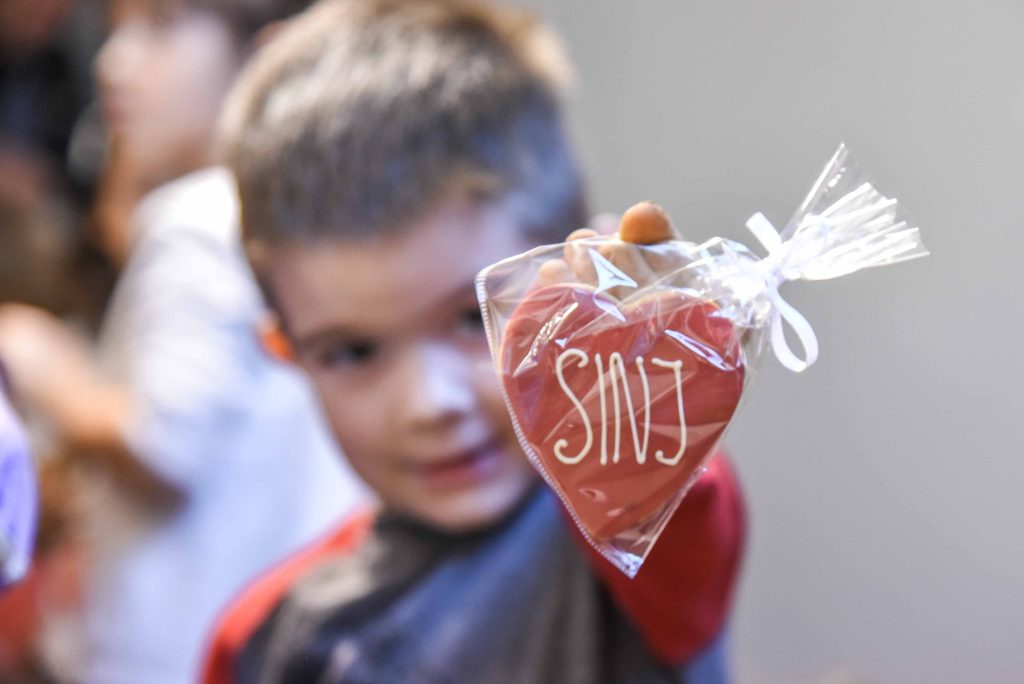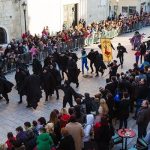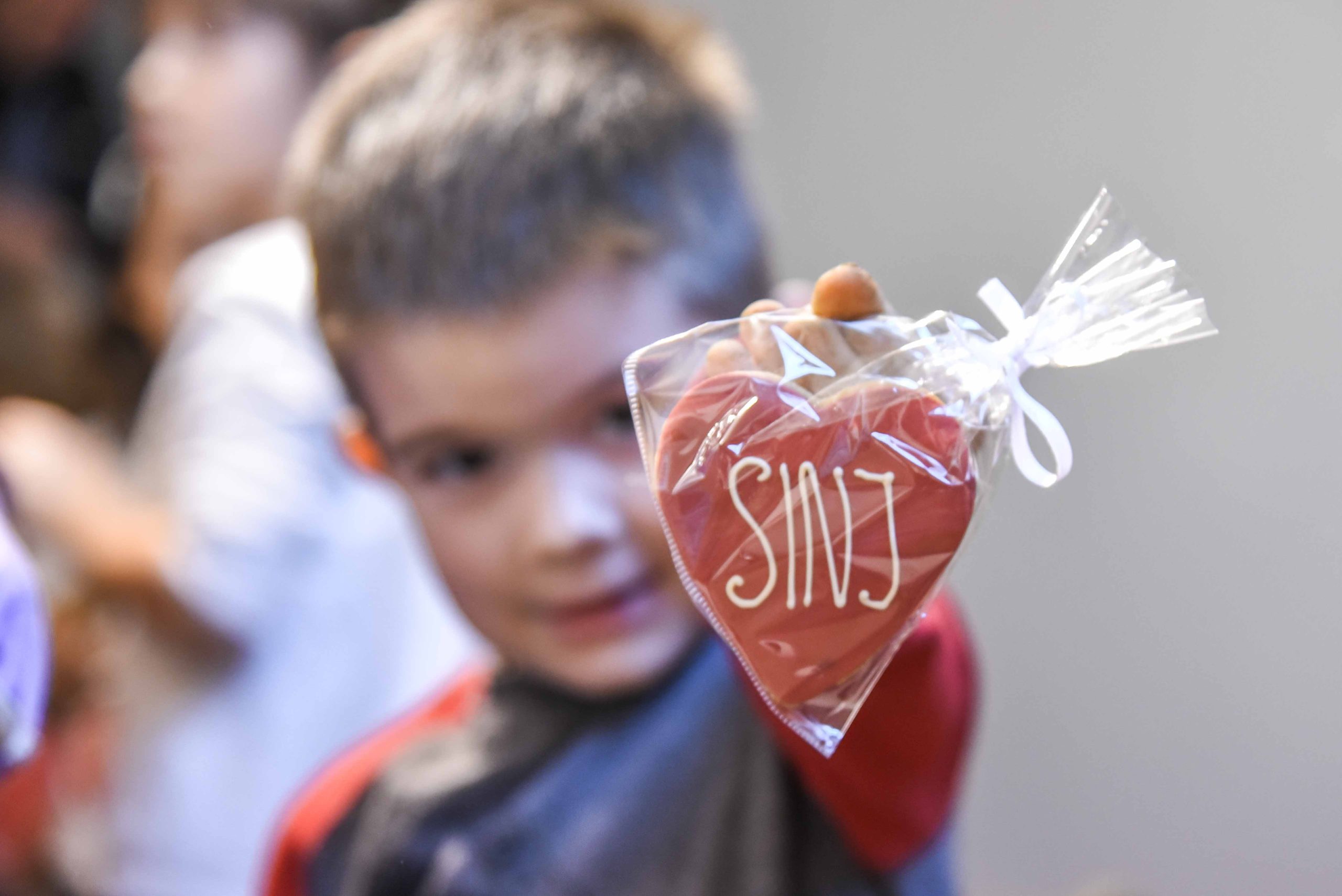
December 4, 2020 – An Advent message from the Sinj Tourist Board.
On Sunday we lit the first Advent candle, the symbolic meaning of Hope, eyes fixed on the stable of Bethlehem and open hearts for the second coming of the Savior. It is the wondrous symbolism of the circle of the Advent wreath, which has neither beginning nor end, and the candle, the little flame of the strong light of the world that breaks our darkness.
Hope is what we have never needed so much in these uncertain times where there is a global threat to health and life as we know it. The unwavering certainty of Christmas joy truly instills hope that humanity will overcome this obstacle as well, but also learn a lesson about true values.
Indeed, without the glitter of the decorated streets, without the delicious fare of Advent houses, without social networks overloaded with selfies – what’s left? The only thing left is love and togetherness that will overcome all challenges.
Perhaps this temporary alienation (yes, this too will pass!) reminds us of some, not so ancient times, and the traditional customs of this magical holiday period full of anticipation. Why not revive them and pass them on to younger generations, as they brought our ancestors so much sincere joy and fulfillment?
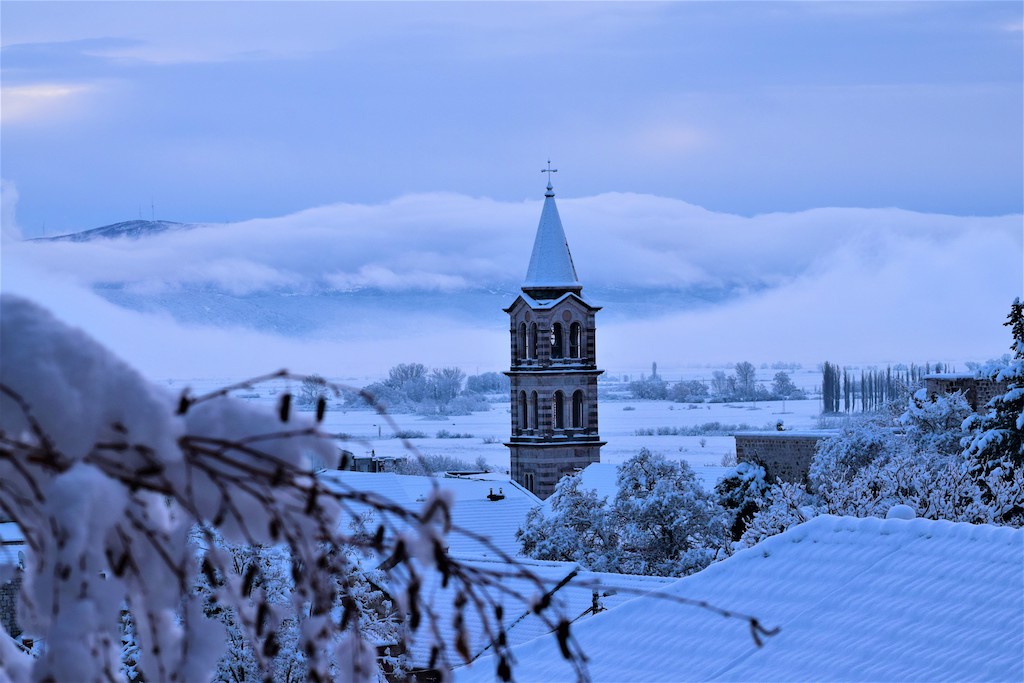
Monika Vrgoc
Since ancient times, the people have especially loved the celebrations of two dear saints, St. Nicholas and St. Lucia. According to legend, St. Nicholas provided a dowry to the daughters of a poor nobleman by secretly inserting bags of gold coins through the window. Today, good children are happy to wait for him, while the wicked are afraid of his companion, Krampus. Let’s not forget that once upon a time, children rejoiced in small sweets or rare fruits with the same zeal as today’s most expensive toy or the latest smart gadget.
St. Lucia, the patroness of sight, eyes, and female handicrafts, also gifted children. Some interesting customs are associated with her holiday. In addition to the traditional sowing of wheat to decorate the Christmas table and candles, symbols of prosperity and fertility, our ancestors used to write down the weather for 12 days until Christmas and thus monitor what the weather will be like in each month next year. There was also superstition – girls would write the names of young men on eleven pieces of paper and leave one blank. Every day until Christmas, they would pull out a piece of paper – if the last one was left blank – they would not get married!
Ditinjce, Materice, and Očići are beautiful old customs related to the three weeks before Christmas.
For Ditinjci, older people ask their children to give them fruit as a ransom, and on the second Sunday before Christmas, Materice is held. Then, the men ask for a gift from the women, and the mothers give sweets and fruit to the children, who recite in unison:
“Valjen Isus, gazdarice,
čestitan ti Materice.
Došao sam preko mora
da mi dadeš koji ora’.
Potrala me teška muka
da mi dadeš česam luka.
Natrala me teška zima
da mi dadeš čašu vina.
Natrala me ljuta muka
da mi dadeš i jabuka.”
A week after Materice, Očići is celebrated, and children would say similar things to fathers as they did to mothers the week before. They would also go from house to house, congratulating all the other men among the relatives and neighbors, and greet them:
“Faljen Isus, očići, božićno je vrime,
mi smo došli sada tražit’ vaše otkupljenje.
Pođite na tavan, donesite mese,
ako nije suvo, otvorite kese.
Ako ništa nema, višanje se sprema!
Svim očevima neka su sritni Očići!”
In giving and spiritual communion, Christmas Eve would come, the day before Christmas itself. The word ‘badnjak’ (Christmas Eve) is a legacy of the Old Church Slavonic language, and both possible meanings are very beautiful and significant: either from the verb bdjeti or from razbadariti se – to wake up! Let’s watch and wake up! On this day, the people traditionally fast, prepare food for a rich Christmas feast and decorate homes, barns, and gardens with herbs. It was most often adorned with ivy, olive, and laurel branches. The Christmas tree was once adorned with candles (symbols of hope and divinity), walnuts painted in silver or gold, hazelnuts, apples, figs, decorative paper, and more.
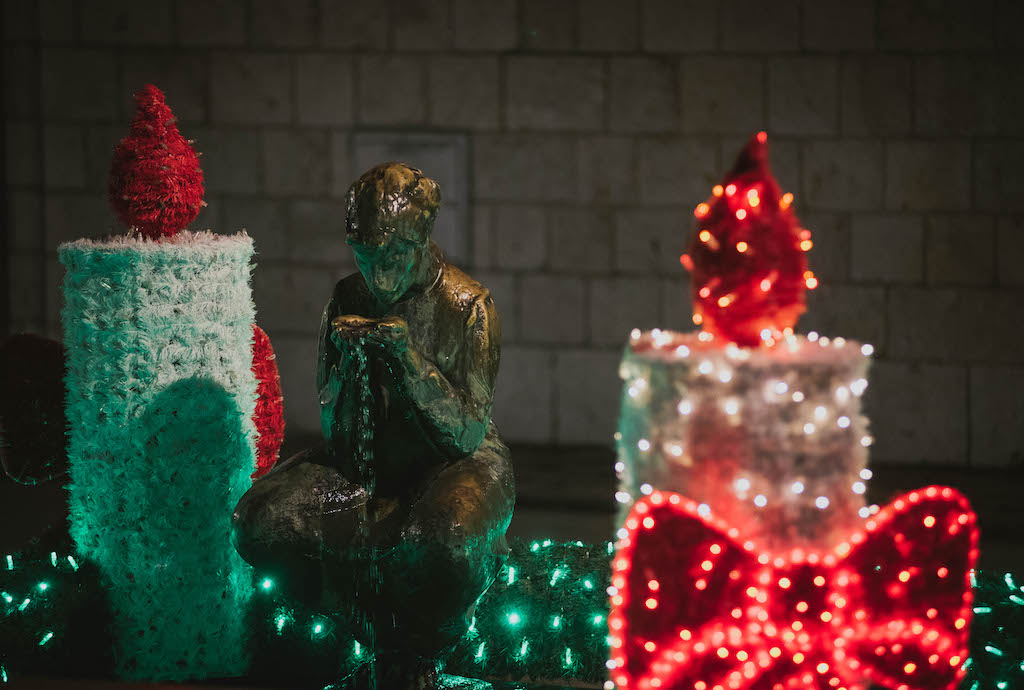
In the Cetina region, it was customary for the host to take a bowl of blessed water to sprinkle around the house, in the barn: on sheep, horses, and cattle. The children would decorate the tree, the women would prepare bakalar. The preparation of pogača was common and for this region it was typically unleavened garlic pogača. In the evening, the host would bring straw into the house and spread it on the floor while the Lord’s Prayer was said, and then three Christmas trees (a tree with a carved cross, a symbol of the Holy Trinity) would be brought in with the words “Welcome Christmas Eve and the Holy Birth!”
Two Christmas trees would then be ordered, and the third would be left for the New Year. A Christmas candle pressed into a bowl with grain was lit by the flame of Christmas Eve. After dinner, everyone would toast with wine and take a sip from a wooden mug. Usually, the host would then dip the bread into the wine and extinguish the candle with it while the others prayed and said, “Bring grain, bear wine.”
It is believed that the first to die is the one who’s candle smoke went out first. In a cheerful and good mood, the whole family would go until midnight. The straw brought in on Christmas Eve would be brought out by the hostess on the feast of John the Baptist and sprinkled in the fields and gardens, and then the ashes from the hearth were collected because it was believed to be holy and would protect from evil.
Monika Vrgoc
We may be deprived of many traditional Christmas concerts, fairs, and other tourist program activities, but it allows us to dedicate ourselves to humanitarian and educational actions; give a helping hand to the less fortunate, opening our hearts and giving warmth and comfort when anxieties overwhelm us.
In the power and flame of the remaining Advent candles – the second Sunday candle of reconciliation or Bethlehem – brings peace, the third pastoral – celebrates joy and happiness, and the fourth candle, the candle of angels, brings love.
And when we can again celebrate side by side, face to face, we will joyfully repeat the words of St. Paul: “Maranatha!”, “The Lord has come!”
To read more about Sinj and Inland Dalmatia, follow TCN’s dedicated travel page.

